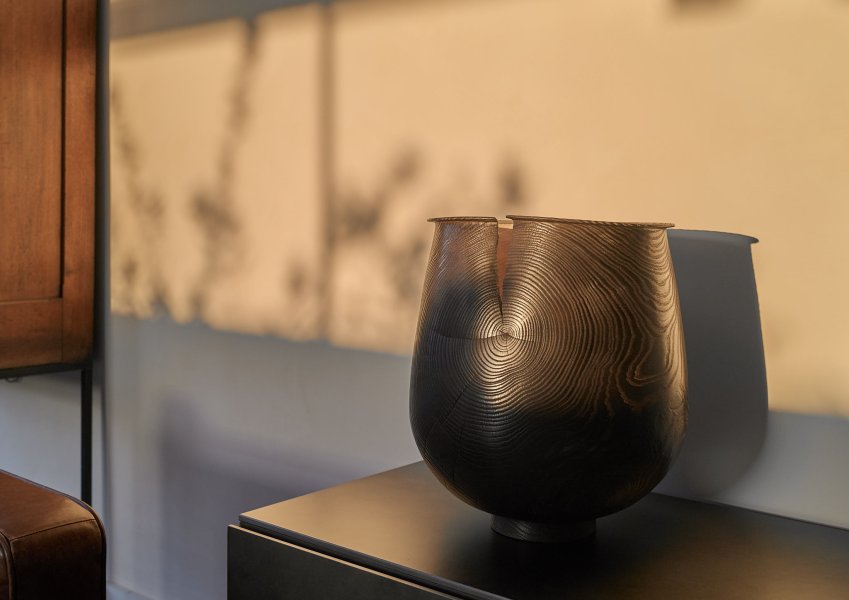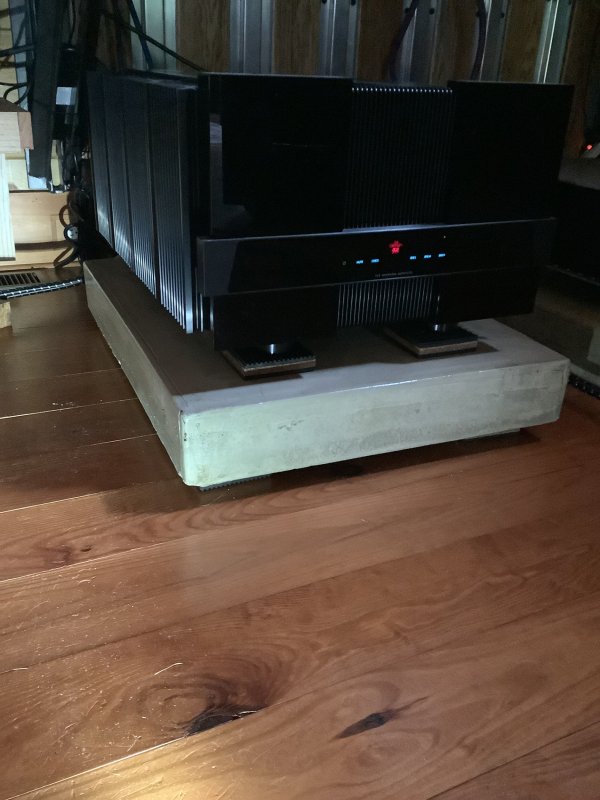I have a rack made of ultra-rigid tubular steel (3mm thick, 25mm square), 10mm of slate on top. All welded, no moving parts except height-adjustable feet. It's as solid as a rock. Better than anything wooden. A couple of critical components are on Stack Auva feet.Has anyone compared solid wood racks to all-metal racks (such as those from Sound Anchors)? Which one sounds better?
As hifi for me should be heard and not seen. For many years I kept it in a cupboard. Alas this system needs ventilation and I had to replace a cupboard unit with this open frame. Besides being incredibly effective, it's cheap. Including getting the shelves veneered, the total cost was under $1,500.
I've used the same cabinetmaker for 30 years, he's almost part of the family, he's done most of our house, including my music room. He does lots of things with hand carved features, marquetry and sculptures. If I had any hifi I actually wanted to look at, which hasn't happened yet, with the possible exception of my turntable, it would probably involve little bronze men. He tries not to repeat things, I'd twist his arm somehow.










